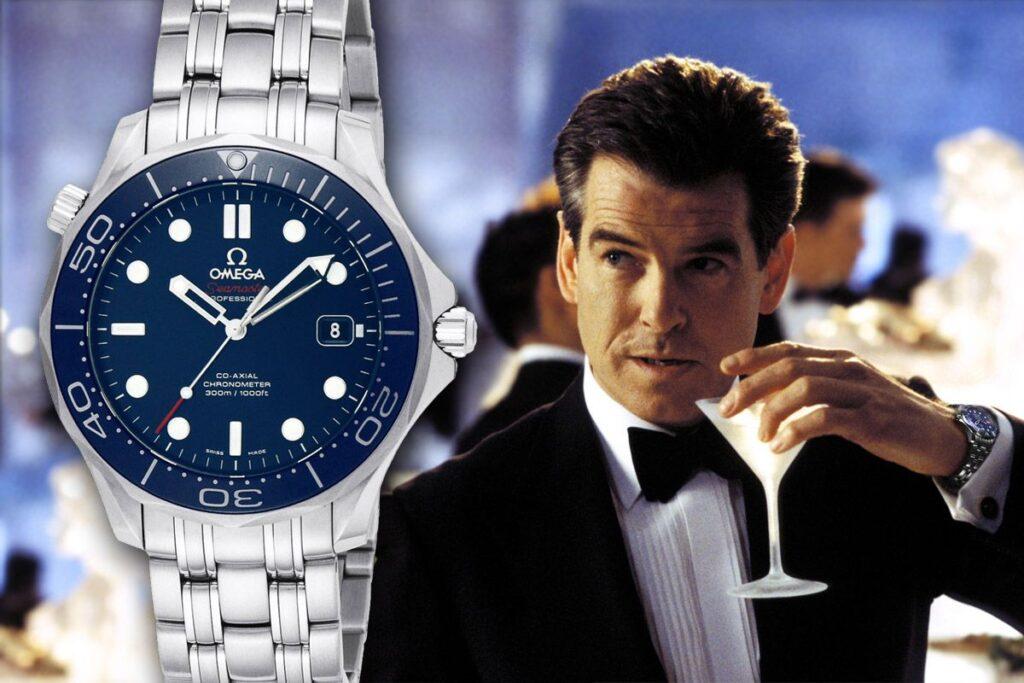In cinema, every detail tells a story—from costumes and props to lighting and sound. But among the many subtle stars of the screen, one accessory consistently punches above its weight: the wristwatch. More than just a functional tool, the right timepiece can become a symbol of a character’s personality, a plot device, or even an icon in its own right. In the world of film, watches often do more than tell time—they define it.
Timepieces as Character Extensions
From secret agents to space travelers, movie heroes and villains alike often sport watches that reveal more than the hour. These watches act as quiet storytellers, speaking volumes about their wearers.
James Bond – The Omega Seamaster: Since the 1990s, the Seamaster has been Bond’s trusted companion—stylish, gadget-laden, and built for adventure. Before Omega, Bond rocked a Rolex Submariner, setting the standard for suave spy style.
Steve McQueen – TAG Heuer Monaco in Le Mans (1971): This square-faced chronograph wasn’t just ahead of its time—it became of its time. McQueen, the King of Cool, cemented its place in horological and cinematic history.
Christian Bale – Rolex Datejust in American Psycho (2000): Polished, powerful, and unnervingly perfect—Bale’s Patrick Bateman wears the Datejust like armor. Not just a luxury item, it’s a chilling symbol of his obsession with status and control.
Matthew McConaughey – Hamilton Khaki in Interstellar (2014): A watch that transcends space and time. The Khaki Field Murph becomes a critical plot element, symbolizing a bond between father and daughter—and science and fate.
Watches as Plot Devices
Sometimes, the watch isn’t just on the wrist—it’s in the spotlight. It propels the plot, adds emotional weight, or even unlocks time itself.
Pulp Fiction (1994): Christopher Walken’s monologue about a gold watch passed down through generations is bizarre, intense, and unforgettable. It's a powerful example of how a watch can carry not just time, but trauma, legacy, and identity.
Dunkirk (2017): Time is everything in this war epic. Director Christopher Nolan used ticking sounds (recorded from a Breguet Type XX) to build tension, blurring the line between score and suspense.
Tenet (2020): Another Nolan masterpiece where time bends—and so do the watches. Custom Hamiltons were created to suit the film’s mind-warping narrative of inverted entropy.
Style That Stands the Test of Time
Watches are cinematic shorthand. They speak of wealth, precision, rebellion, tradition. When Indiana Jones glances at his battered pocket watch, it reminds us he’s grounded in history. When Tony Stark wears a Jaeger-LeCoultre AMVOX3 Tourbillon GMT, it’s all about tech, speed, and prestige.
And let’s not forget Don Draper’s Jaeger-LeCoultre Reverso in Mad Men—elegant, reversible, and deeply symbolic of a man leading a double life.
Watch Collectors’ Cinema Checklist
For horology fans, movies become treasure hunts. Spotting rare references, unusual complications, or vintage models is a thrill. The world of watches in film has inspired endless forums, YouTube channels, and collector guides.
Final Take: Timeless Icons
Great films leave an impression. Great watches in those films become timeless icons. Whether serving as a stylish prop, a plot-driving relic, or a window into a character’s soul, watches have earned their place in cinematic history. They're not just accessories—they're storytellers, co-stars, and sometimes, the very heartbeat of the narrative.
So next time you're watching a movie, don’t just follow the dialogue. Watch the watch.
